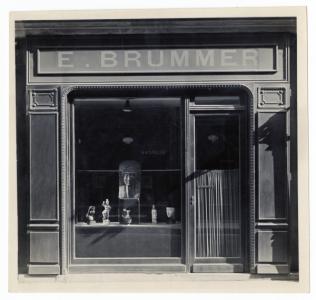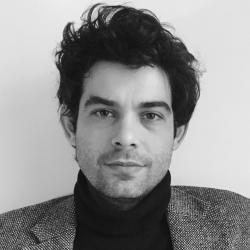Acquisitions made by the Berlin State Museums on the Parisian Art Market during the Occupation 1940-1944
Acquisitions made by the Berlin State Museums on the Parisian Art Market during the Occupation 1940-1944
Despite, or precisely because of the German occupation, the French art market was booming from 1940 to 1944. In addition to high Nazi officials, many German museums made numerous acquisitions here, especially the museums of the Rhineland. While most German museums had to return their purchases, which were considered to be illegal, to France at the end of the war, the acquisition policies of the Berlin State Museums have so far received little attention. Yet initial research in German and French archives suggests that Berlin museums were much more active on the Parisian art market than previously assumed. And in contrast to the Rhenish museums, almost all of the objects are still in the collections of the Berlin State Museums today.
The aim of this project is to systematically and comprehensively reconstruct for the first time the acquisitions made by the Berlin State Museums on the Parisian art market during the German occupation. In so doing, it is necessary not only to identify the objects in question as well as their sellers, but also to examine the circumstances of the purchases more closely. Considering the complex interrelationship between Nazi art theft and trade during the occupation, the acquisitions will also be examined with view to potential loss due to persecution.
These acquisitions consist primarily of antiquities. Though the French vendors, like the Kalebjian, Indjoudjian and Tabbagh Brothers, can often be identified, and despite the fact that pieces they sold can be found in most major museums of the world, little is known about them.
Based on the acquisitions made by the Berlin State Museums during the occupation, this project will also aim to fill a gap in research on the Parisian art market, by contributing to our knowledge of its central players as well as their networks in the international antiquities trade.
This project, funded by the German Lost Art Foundation, is realized at the Technische Universität Berlin in collaboration with the State Museums in Berlin and the German Center for Art History in Paris.









